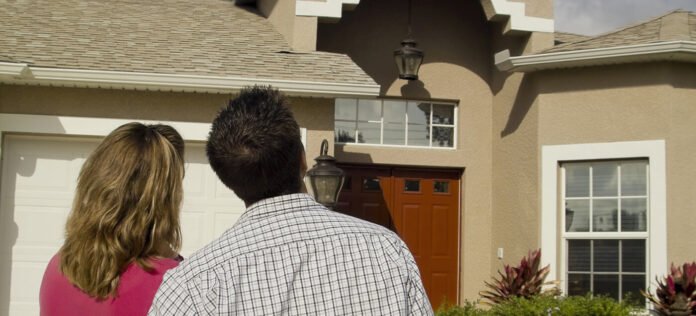More than half of U.S. homes lost value over the past year, according to recent research, highlighting a significant shift in the housing market. U.S. home values fell for approximately 53% of all properties, marking the highest share of depreciation in over a decade. Analysts say this is a sign of market normalization rather than a crash.
The data comes from Zillow, which noted the share of homes losing value rose 14% from a year ago. Zillow senior economic researcher Treh Manhertz said homeowners may feel rattled, but declines are common in a cooler market environment. On average, homes have dropped 9.7% from their peak, compared with 3.6% in spring 2022.
Despite the decline, most homeowners maintain significant equity. Zillow found that only a small share of homes are selling for less than their purchase price. Manhertz emphasized that the overall value of sales is more important than temporary declines.
Certain U.S. metros saw even larger gains in home values over time. Buffalo home values jumped 108%, San Jose rose 97%, Providence increased 95%, Columbus climbed 90%, and San Diego rose 88%. These increases are driven by long-term ownership and supply constraints in these markets.
National home value appreciation has largely flattened over the past year. However, homeowners have experienced substantial gains since purchase. Median home values rose 67% over roughly the last eight and a half years. Analysts note that the housing market is stabilizing after several years of rapid growth.
The report highlights the contrast between broad market cooling and long-term equity accumulation. Market watchers say the trend reflects a return to pre-pandemic patterns, not a repeat of the early 2012 housing downturn. In 2012, home value declines averaged 27%, far higher than current reductions.
Moving forward, U.S. home values are expected to continue stabilizing as interest rates, supply constraints, and buyer behavior influence market activity. Experts advise homeowners and potential buyers to focus on long-term value rather than short-term price fluctuations.
The data underlines a key shift in the housing sector, signaling that while more than half of properties lost value recently, overall wealth in residential real estate remains robust. U.S. home values continue to play a critical role in household financial security and investment planning.
For more business updates, visit DC Brief.


